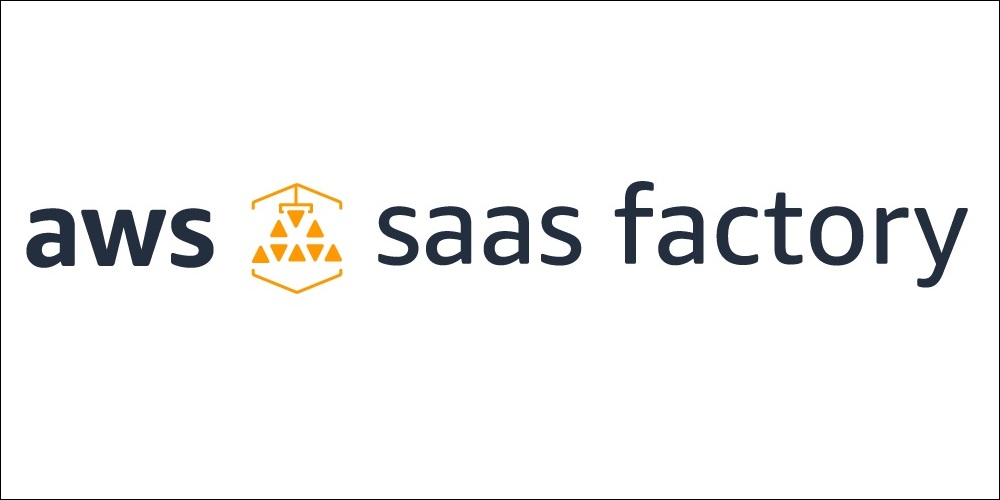AWS Partner Network (APN) Blog
Tag: AWS SaaS Factory
Architecting Multi-Region SaaS Solutions on AWS
As SaaS organizations grow and begin to extend their global reach, they must consider how their larger geographic footprint will shape and influence the architecture of their systems. Operations, deployment, agility, security, and scale all can be impacted by the move to a geographically distributed SaaS model. The more complexity that is added to a system’s operational and deployment profile, the more challenging it becomes to maintain the agility goals that are often associated SaaS delivery models.
Enabling New SaaS Strategies with AWS PrivateLink
Networking is often viewed as a foundational element of a system’s architecture. The reality is there are plenty of scenarios where the networking footprint of a SaaS application can influence the functionality, extensibility, and management profile of your SaaS environment. While there are plenty of creative ways developers leverage AWS networking constructs to refine SaaS solutions, the introduction of AWS PrivateLink adds new opportunities in the SaaS networking landscape.
Managing SaaS Identity Through Custom Attributes and Amazon Cognito
Identity is a fundamental design decision that software as a service (SaaS) architects must consider when developing a multi-tenant system. Developers who are building SaaS applications must be able to identify a user, the tenant associated with the user, the user’s permissions, and the relationship a tenant has with the provider, such as usage plan or tier. In this post for SaaS Technology Partners, I will explore how to architect a multi-tenant system and identify tenant context and role using Amazon Cognito.
Building Serverless SaaS Applications on AWS
SaaS solutions often present architects with a diverse mix of scaling and optimization requirements. With SaaS, your application’s architecture must accommodate a continually shifting landscape of customers and load profiles. The number of customers in the system and their usage patterns can change dramatically on a daily—or even hourly—basis. These dynamics make it challenging for SaaS architects to identify a model that can efficiently anticipate and respond to these variations.
Calculating Tenant Costs in SaaS Environments
In traditional single-tenant environments, calculating and aggregating infrastructure costs is a pretty straightforward exercise. Typically, each application or customer has its own collection of dedicated resources and tallying the costs is simply a matter of categorizing and summing those costs. However, in multi-tenant SaaS environments, this becomes a much more challenging problem. With SaaS, tenants often share some or all of a system’s infrastructure resources.
Testing SaaS Solutions on AWS
The move to a SaaS delivery model is often motivated by a fundamental need for greater agility and customer responsiveness. SaaS providers often succeed and thrive based on their ability to rapidly release new features without compromising the stability of their solutions. Achieving this level of agility starts with a commitment to building a robust DevOps pipeline that includes a rich collection of automated tests.
